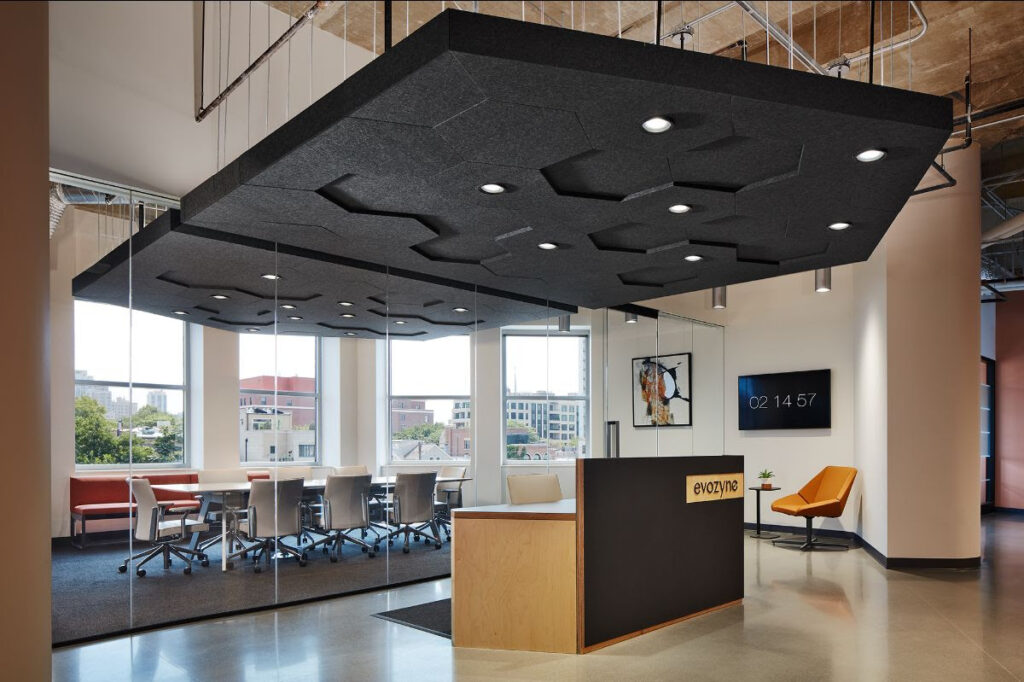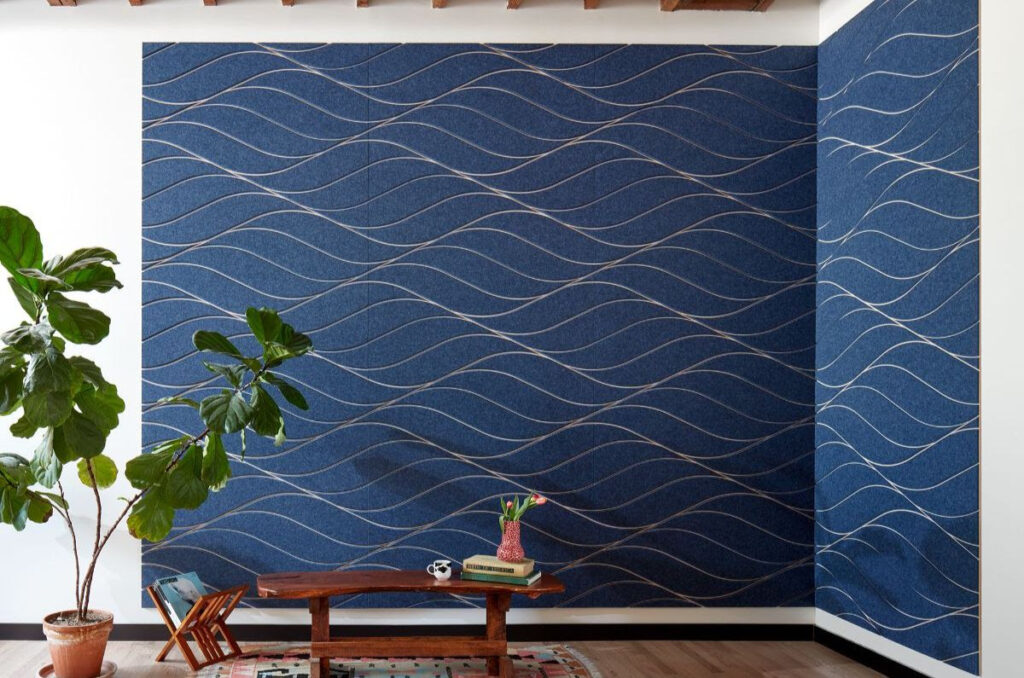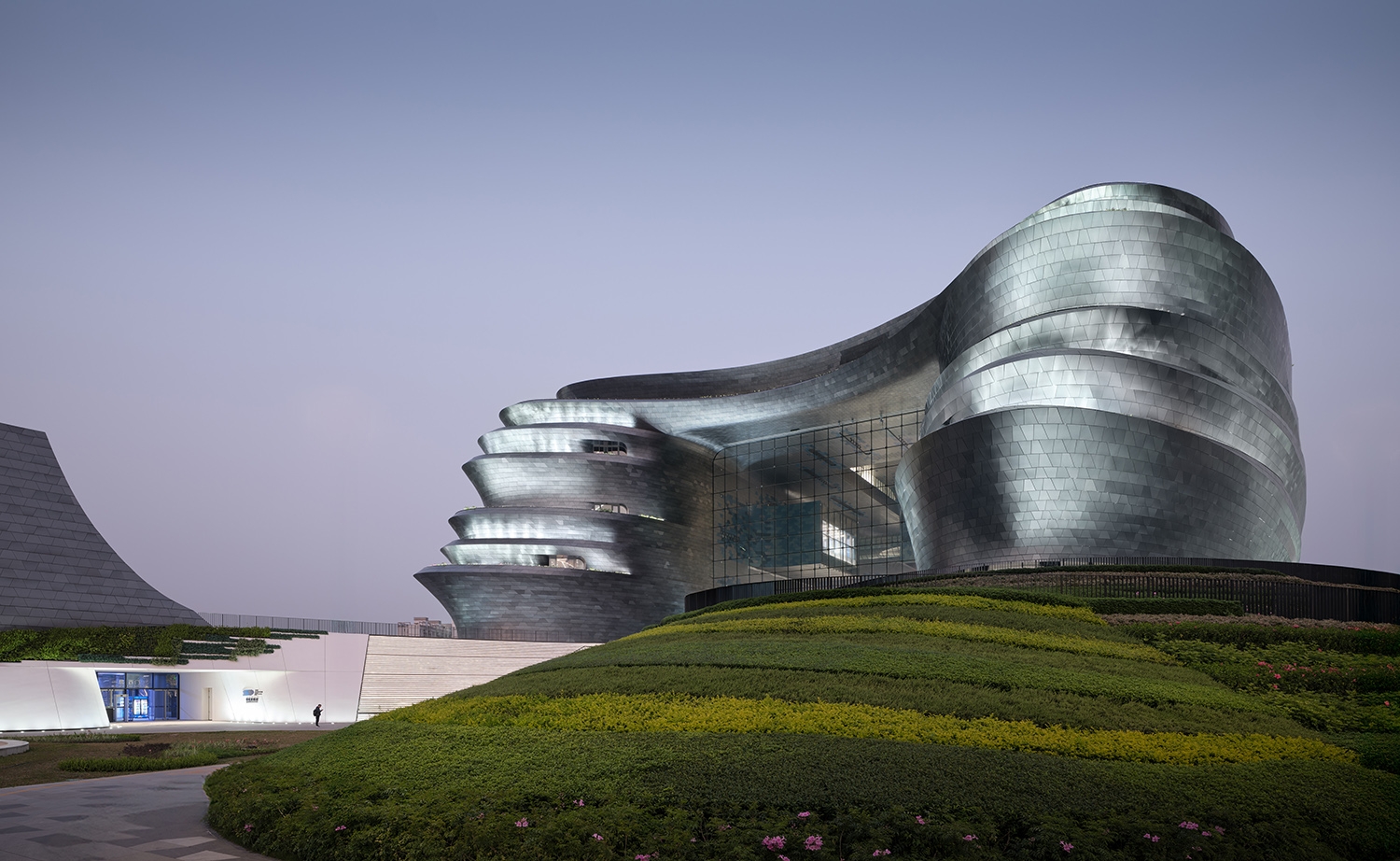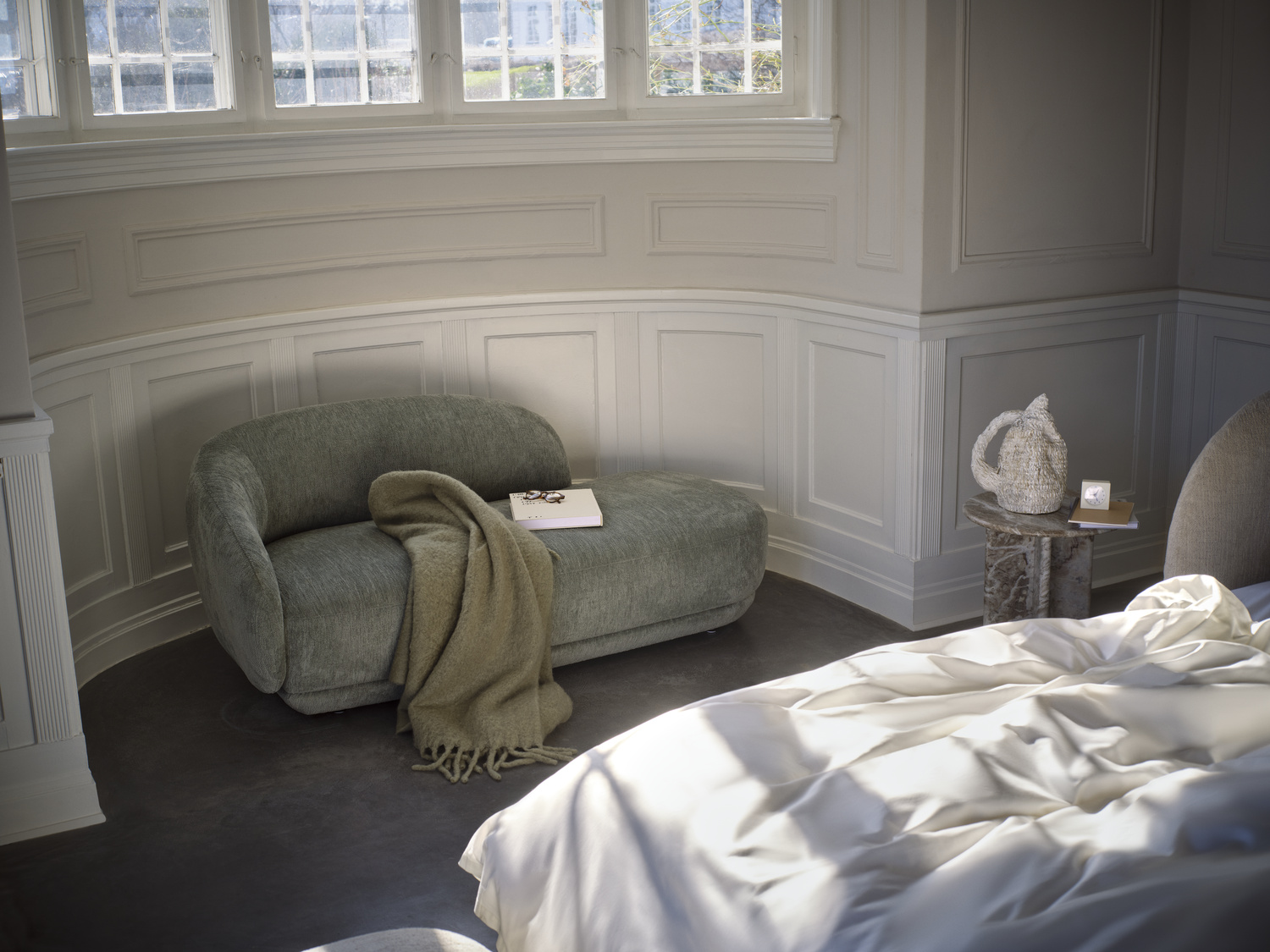As designers, as consumers, and overall trendsetters – members of Gen Z, colloquially known as Zoomers, are now setting the tone for design – especially in workplace design. According to the American Society of Interior Designers’ (ASID) recently released 2024 Trends Outlook Report both Zoomers and Boomers prefer “to work often in the office, looking for professional mentoring and social interaction,” so how are we designing office spaces with both of these generations in mind?
From traditional office layouts with cubicles, private offices, landline phones and fax machines, today’s office is far from its predecessor. With workplace design now prioritizing collaborative, flexible spaces – acoustic design is especially important for promoting focus and facilitating a variety of different working options across different generations. This shift to an acoustically treated, open layout office doesn’t just cater to generational differences; through intentional acoustic design for collaboration, privacy, and productivity, the office of today is for all demographics – age, race, gender, etc.
So how exactly are acoustics manufacturers, like Chicago-based innovator Turf, providing products to serve the future of the office? Read on to learn how:
Varying Acoustic Environments
Carolyn Ames Noble, interior designer and longtime Turf collaborator, details that the choice and range of acoustics within an office are important. Varying acoustic environments can provide workers with different options for their working needs. Boomers tend to have more heads-down, individual work often preferring more controlled acoustics while Zoomers can work with a little more noise, often preferring reverberation for increased stimulation in their workspaces.
Speech Intelligibility
Across all generations, we’re experiencing hearing loss more than ever before. Speech intelligibility products are crucial to help mitigate hearing loss; design choices like carpet tile under wood tables or even overhanging baffle systems, like Turf’s Plaid, make a difference across generations for people with this sensitivity.

Wayfinding
Wayfinding through acoustics can help provide workers with a sense of safety in office design. Workplaces today have fewer front-desk assistants, so intentional design decisions that allow people to get from point A to B with little navigation can help with security, connectedness, and a sense of control.
Biophilic Design
The need for a sense of nature within a space has become increasingly more important within offices. Using acoustics that embrace the elements, like the wood-inspired Turf Textures or Wall Scapes collection, exposes workers to the outside, through grains, patterns, and textures can help them feel grounded in a space.

Space-Defining
Corridors in the office can be used as a transition space, a physical point of change. Noble notes that space-defining acoustic solutions provide employers with a place of pause or transition – a change of scenery within the office that can help improve focus and productivity. This can be done through acoustics, but also through color, imparting palettes like Turf’s Hues to create a transition space; for example, a shift to more muted, neutral tones to allow for more independent thoughts.
Despite an over 30-year age gap between Boomers and Zoomers, when it comes to office design, these two generations are looking for the same things. These are only a few of the ways that acoustic design can tackle the new needs of the workplace, providing a space for all to operate at their best. As we consider the new office features and their impact on workers, Noble believes acoustics are the heart of new office design and should be considered in the initial planning phases.










